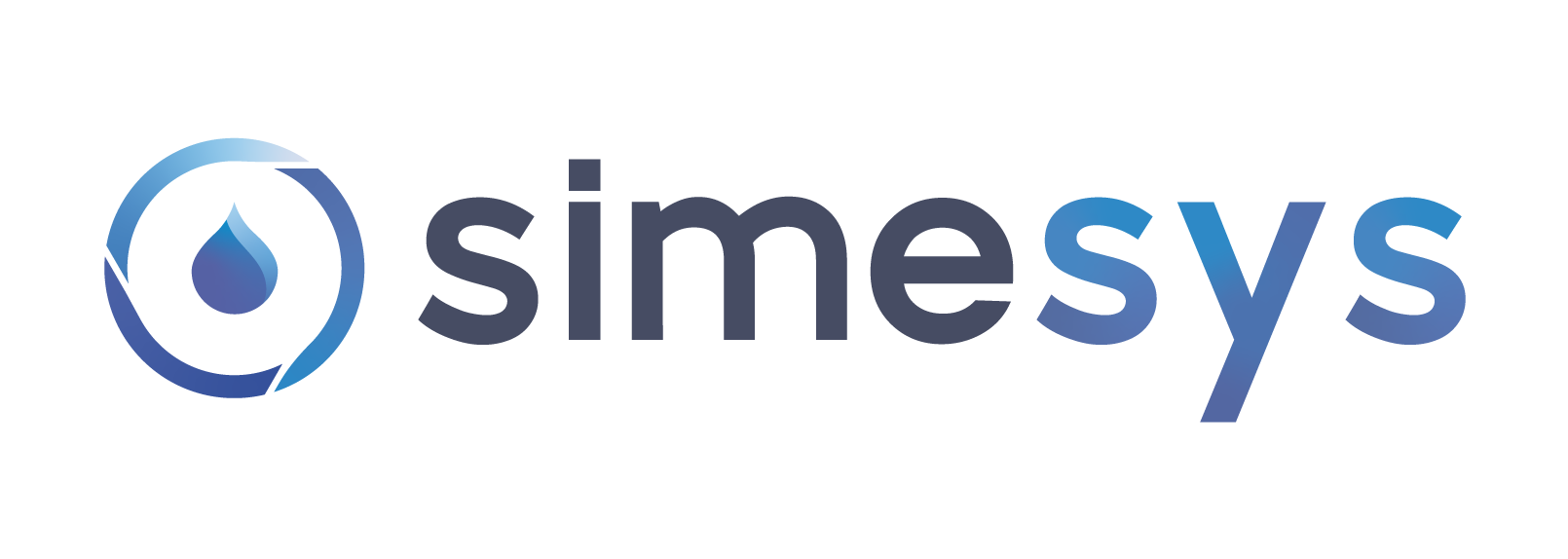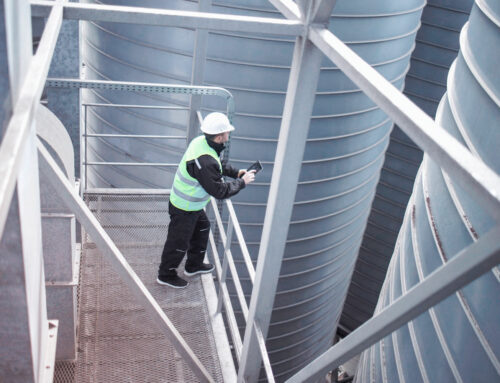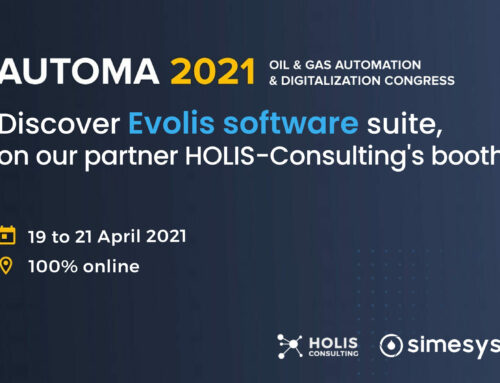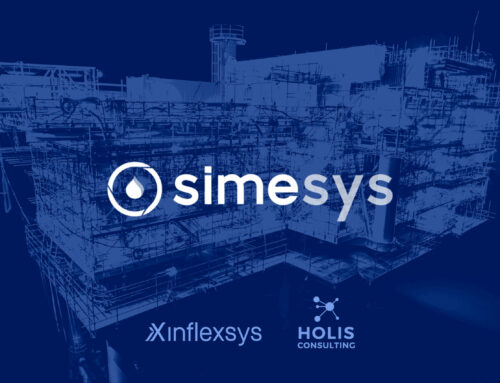Many studies refer to the fact that, in recent years, professional mobile applications have been widely deployed in companies, transforming working methods in depth.
This development is often expected by field operators, especially those in charge of inspecting industrial infrastructures, who are already used mobile equipment in their personal lives and want to be able to use these same tools in their daily work.
Manufacturers, for their part, have understood the benefits of providing their technicians and inspectors on the ground with professional mobile applications on tablets: whether it is a question of attracting a new generation of employees, reinforcing work comfort, or optimising the costs and timescales of operations on the ground, these applications now appear to be real productivity levers.
In the field of industrial infrastructure inspection, the same is true: this very specific business has specific uses to which mobile app can perfectly respond. Mobile applications based on the intrinsic functionalities of smartphones and tablets also make it possible to solve problems that were caused by paper processes.
But the road from idea to application can seem difficult: how do you go about implementing a mobile inspection management app? Here we offer a 5-step approach.
#1 Mobile app for industrial inspection management: what is the objective?
As in any project, it is necessary to bring together all the stakeholders, including future users, in order to specify the needs and expectations: is it a question of resolving specific points of friction encountered during inspection rounds (loss of time at certain stages of the journey, lack of precision in the information collected, skipped stages or re-entry errors, etc.)? Increase productivity? Standardise inspection reports?
Involving users in this assessment will also help to identify possible obstacles to change and will encourage their commitment to the project.
#2 Set up specifications and prioritise expectations
At the end of this first kick-off meeting, it is useful to formalise an initial set of specifications for the future mobile inspection app and to weigh up the expectations, one against the other. Trying to solve too many problems at the same time can be counterproductive and slow down the progress of the project.
It is important that all the actors in the project are in phase on the decisions that are taken at this stage.
#3 Market inspection management solution or tailor-made?
Once you have drawn up your initial specifications, you will be able to sound out the market and see whether existing solutions meet the objectives you have set yourself. If so, you will be able to make an objective benchmark of these solutions based on your preliminary research work (and on the weighting of your expectations):
- What are the key features that add value to your mobile inspection management app?
- Is the integration of plans absolutely necessary? And if so, are they 2D or 3D drawings?
- Is it possible to dynamically annotate these plans on the tablet, via the application?
- Is the application easy to use in the inspectors’ working conditions (risk of falling, darkness, noise, etc.)?
- Etc.
If no existing solution is satisfying, it is a question of seeing if there are competent resources available internally in your company to design your mobile industrial inspection app. If this is not the case, a final solution consists of searching the market for a competent service provider, i.e. one with the expertise in project management, mobile development, design, architecture, quality testing and maintenance, to design the tailor-made solution that will meet your expectations. The search for the appropriate partner is in itself a project in its own right.
#4 Testing the chosen mobile application with inspectors
You have selected a mobile inspection app from the market. Before confirming this choice, why not test the application in a real situation with inspectors? This will allow you to validate that, from an ergonomic and functional point of view, the application is suitable, that inspectors appropriate it, that it simplifies their task: in short, that it provides them with valuable assistance and that it is not felt as a constraint. If the test is successful, it can even create expectations, which is very beneficial for the development of positive word-of-mouth.
« During the tests we were able to carry out, some inspectors did not want to return the tablet! Even a supervisor who was not very keen on new technologies immediately got involved and was a strong advocate of the solution among the inspectors. »

#5 Support for change
The last step is not the least. Indeed, even if, by integrating users in each of the previous steps, you have been able to create an expectation, it is necessary to support the change during the roll-out of the mobile inspection app. One successful approach is to use the beta inspectors as referents by allowing them to make themselves temporarily available at the launch of the application, to help their colleagues in their first uses.
Of course, face-to-face training, short e-learning modules or videos are also effective at launch, and can be systematically provided to new staff. A wide variety of formats allows everyone to appropriate this new practice, according to their preferences and availability.
Would you like to know more about our solutions?
Let’s talk over a coffee!




